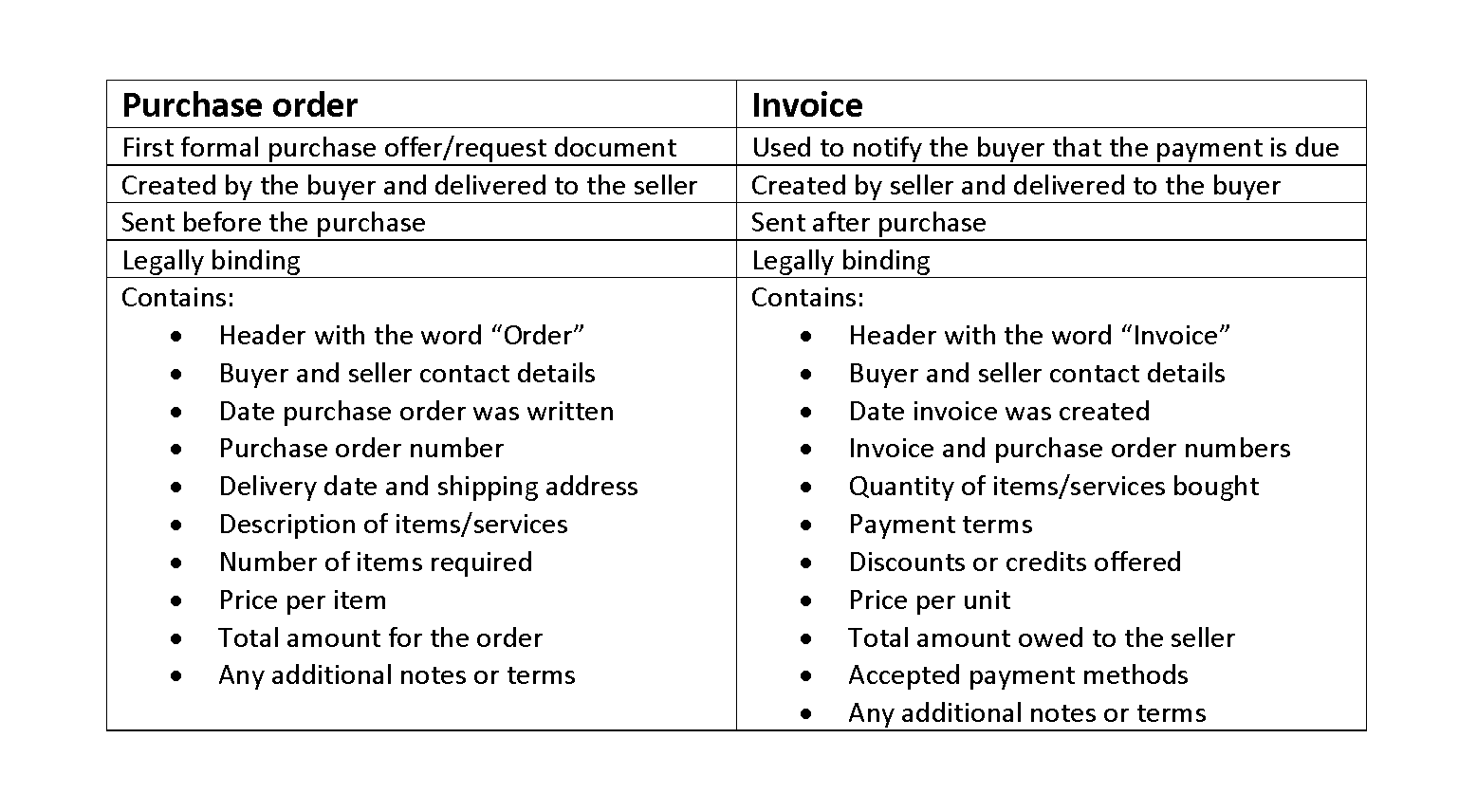
A consolidated subsidiary is included in the consolidated financial statements of the parent company while an unconsolidated subsidiary is not. The reasons for this will vary, such as the percentage of ownership, similarity of business operations to the parent, and amount of control. For credit sales, the control account is often referred to as the sales ledger or sales ledger control account (SLCA).
The Company
Regain visibility and control of your encrypted traffic and application environments. See more and detect more with Cisco Talos, while leveraging billions of signals across your infrastructure with security resilience. control accounts examples With workers, data, and offices located across the country and around the world, your firewall must be ready for anything. Secure Firewall helps you plan, prioritize, close gaps, and recover from disaster—stronger.
Cisco Secure Firewall
- Suggest reasons why there might be a difference between thebalance on the receivables ledger control account and the total of thelist of accounts receivable ledger balances.
- An unconsolidated subsidiary would not be part of the consolidated financial statements.
- A common example of a control account is the general ledger account entitled Accounts Receivable.
- If there is a balance, a schedule of accounts payable would be prepared in the same manner as accounts receivable.
- The subsidiary ledgers are now part of the double entry system, and to extract a trial balance it would be necessary to collect information on the balances from each of the ledgers.
- For credit sales, the control account is often referred to as the sales ledger or sales ledger control account (SLCA).
Control accounts are typically used in larger organizations that have hundreds or even thousands of transactions. Control accounts are part of double-entry accounting, which states that any debit posted to the general ledger will have a corresponding credit posted to the general ledger as well. Control accounts are mainly used to help identify errors in the subsidiary ledgers, but the use of them gives a business a number of additional advantages. Listing each debtor account individual account would clutter a general ledger, so those accounts could be listed in a subledger and consolidated in a control account.
Table of Contents
- To manage them properly, you have to first make a subsidiary ledger where you will keep a record of all customers in one place.
- The purpose of these accounts is to provide a check on the math of individual transactions and to provide a means of reconciling errors.
- This section will look at the transactions for Fooz Ball Town and how to post to subsidiary ledgers for accounts receivable and accounts payable.
- Traditionally bookkeepers or other accounts personnel perform a reconciliation on a regular basis between the control accounts (general ledger) and the total of the debtors or creditors ledger.
- Moreover, it bring forth accuracy of analysis because it provides double-check of ending balances of each account.
The general ledger can have hundreds of accounts from asset and liability accounts to income and expense accounts. More over, each account type can have hundreds of smaller accounts called subsidiary accounts. If every single account was included in the general ledger, it would be very large, unorganized, and difficult to use. That is why control accounts are used to summary data from large numbers of related accounts.
They show the balance of transactions detailed in the corresponding subsidiary account. (1) A contra item of $1,500 has not been entered in the receivables ledger control account. The source documents are used to enter details into the book of prime entry which, for payment transactions, is the cash book. For example, two cash payments might be paid, one to supplier A for 175, and a second to supplier B for 70. The ending balance in a control account should always match the ending total for its subsidiary ledger.

How Are Subsidiaries Related to the Parent’s Financial Statements?
Integrating control accounts in the WBS can strengthen the project governance model by creating subsets of project elements that can be managed with a unified focus. Control accounts help create points of intersection to eliminate possibilities of risks and gauge the performance of planned activities and the overall project. The information posted to the https://www.bookstime.com/articles/law-firm-chart-of-accounts accounts payable control account and the source of that information are shown in the table below. The information posted to the accounts receivable control account and the source of that information are shown in the table below. For financial reports, the summary balances provided by the control accounts are generally all that’s needed for analysis.

If it doesn’t, then there could have been a mistake made during the calculations. A control account in PMP, abbreviated as CA, helps build a strategic structure by creating a point of intersection for the project constraints, i.e., scope, time, and cost, to come together. The control accounts are positioned in the WBS at points that help fulfill project measurement and define criteria for tracking the constraints. They help reconcile gaps or loopholes at the intersection points to minimize variances and enable strategic alignment. It is very important to note that a control account can have multiple work packages under it, while a work package will be under one and only one control account. This helps create a structure where items are monitored from the bottom of the project, building activity and assignment-based control processes.
Related Questions

